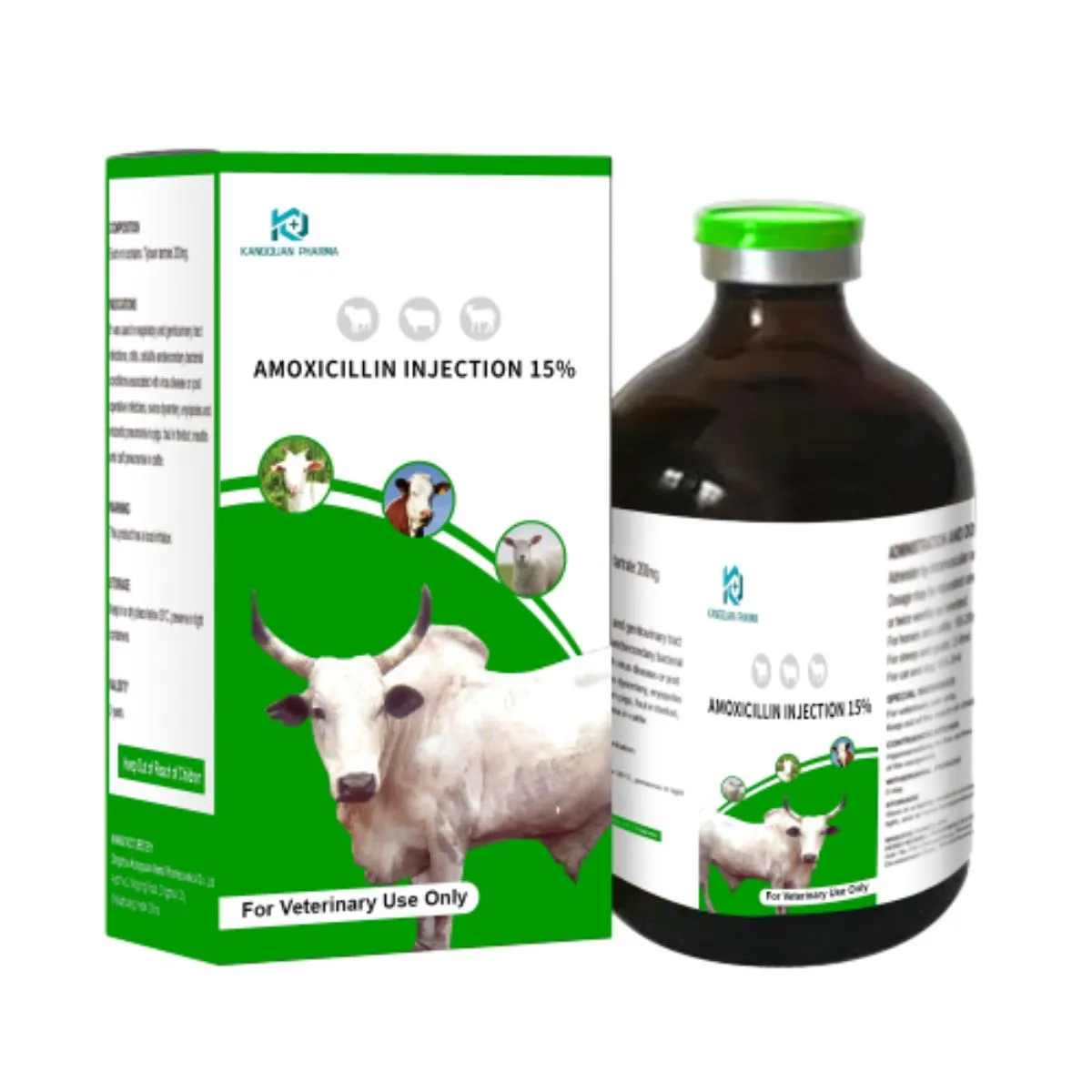- Afrikaans
- Albanian
- Amharic
- Arabic
- Armenian
- Azerbaijani
- Basque
- Belarusian
- Bengali
- Bosnian
- Bulgarian
- Catalan
- Cebuano
- Corsican
- Croatian
- Czech
- Danish
- Dutch
- English
- Esperanto
- Estonian
- Finnish
- French
- Frisian
- Galician
- Georgian
- German
- Greek
- Gujarati
- Haitian Creole
- hausa
- hawaiian
- Hebrew
- Hindi
- Miao
- Hungarian
- Icelandic
- igbo
- Indonesian
- irish
- Italian
- Japanese
- Javanese
- Kannada
- kazakh
- Khmer
- Rwandese
- Korean
- Kurdish
- Kyrgyz
- Lao
- Latin
- Latvian
- Lithuanian
- Luxembourgish
- Macedonian
- Malgashi
- Malay
- Malayalam
- Maltese
- Maori
- Marathi
- Mongolian
- Myanmar
- Nepali
- Norwegian
- Norwegian
- Occitan
- Pashto
- Persian
- Polish
- Portuguese
- Punjabi
- Romanian
- Russian
- Samoan
- Scottish Gaelic
- Serbian
- Sesotho
- Shona
- Sindhi
- Sinhala
- Slovak
- Slovenian
- Somali
- Spanish
- Sundanese
- Swahili
- Swedish
- Tagalog
- Tajik
- Tamil
- Tatar
- Telugu
- Thai
- Turkish
- Turkmen
- Ukrainian
- Urdu
- Uighur
- Uzbek
- Vietnamese
- Welsh
- Bantu
- Yiddish
- Yoruba
- Zulu
ნოე . 12, 2024 15:23 Back to list
azithromycin and doxycycline hyclate
The Role of Azithromycin and Doxycycline Hyclate in Treating Infectious Diseases
Azithromycin and doxycycline hyclate are two widely used antibiotics that play a crucial role in the treatment of various infectious diseases. Each of these medications has unique properties, mechanisms of action, and indications, making them essential tools in modern medicine.
Azithromycin Mechanism and Uses
Azithromycin belongs to the macrolide class of antibiotics. Its primary mechanism of action involves inhibiting bacterial protein synthesis by binding to the 50S ribosomal subunit, which ultimately interferes with the growth and reproduction of bacteria. Azithromycin is primarily effective against a range of gram-positive and gram-negative bacteria, including Streptococcus pneumoniae and Haemophilus influenzae.
One of the most significant advantages of azithromycin is its convenient dosing schedule. It has a long half-life, allowing for once-daily dosing, which improves patient adherence to treatment. Azithromycin is commonly prescribed for various infections, including respiratory tract infections, skin infections, and sexually transmitted infections such as chlamydia. It is also a key component in treatment regimens for some atypical bacterial infections, such as those caused by Mycoplasma pneumoniae and Chlamydia pneumoniae.
In recent years, azithromycin has garnered attention for its potential role in treating COVID-19. Although initial studies suggested possible benefits, subsequent research has shown mixed results regarding its efficacy in this context. As a result, azithromycin is not widely recommended for COVID-19 outside of clinical trials.
Doxycycline Hyclate Mechanism and Uses
azithromycin and doxycycline hyclate

Doxycycline hyclate is a tetracycline antibiotic that works by inhibiting bacterial protein synthesis as well, but it binds to the 30S ribosomal subunit. This antibiotic is effective against a broad spectrum of bacteria, including both gram-positive and gram-negative organisms, as well as certain parasites. Its versatility makes it suitable for a variety of infectious diseases.
Doxycycline is often used to treat respiratory infections, urinary tract infections, and skin infections. It is also the drug of choice for certain tick-borne diseases, such as Lyme disease and Rocky Mountain spotted fever. Furthermore, doxycycline is an important treatment for acne due to its anti-inflammatory properties.
Due to its ability to inhibit bacterial growth, doxycycline is also used in the prophylaxis of malaria for travelers to endemic areas. However, it is essential for patients to be aware of potential side effects, such as photosensitivity and gastrointestinal discomfort, when using doxycycline.
Combination Therapy and Conclusion
In some cases, azithromycin and doxycycline may be used in combination to enhance treatment efficacy, particularly in complex infections where polymicrobial flora are present. This approach can provide broader coverage and improve outcomes for patients.
In conclusion, azithromycin and doxycycline hyclate are invaluable antibiotics in the treatment of a variety of infectious diseases. Their unique mechanisms of action, spectrum of activity, and specific clinical applications highlight their importance in contemporary medical practice. As antibiotic resistance continues to rise, the appropriate use of these drugs, guided by clinical evidence, remains paramount to ensure effective treatment and patient safety. As always, consultation with healthcare professionals is essential for the safe and effective use of these medications.
-
Guide to Oxytetracycline Injection
NewsMar.27,2025
-
Guide to Colistin Sulphate
NewsMar.27,2025
-
Gentamicin Sulfate: Uses, Price, And Key Information
NewsMar.27,2025
-
Enrofloxacin Injection: Uses, Price, And Supplier Information
NewsMar.27,2025
-
Dexamethasone Sodium Phosphate Injection: Uses, Price, And Key Information
NewsMar.27,2025
-
Albendazole Tablet: Uses, Dosage, Cost, And Key Information
NewsMar.27,2025













